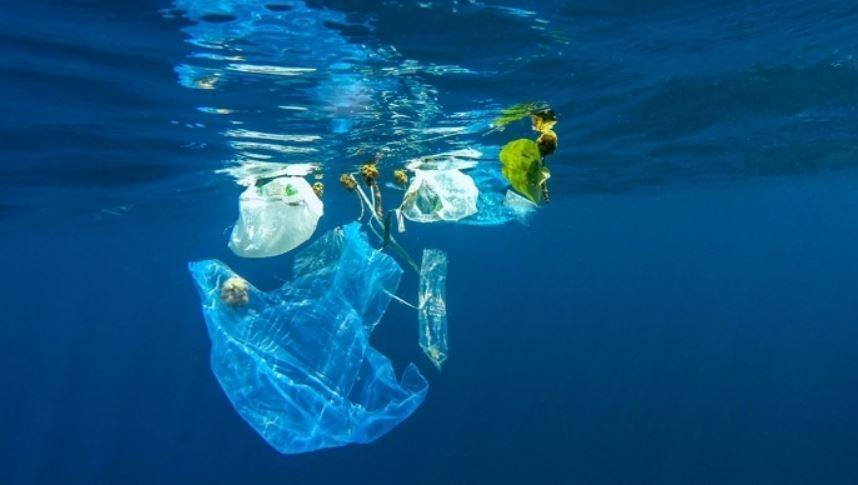
Plastic has permeated all sections of the ocean and can now be detected "in the tiniest plankton to the largest whale," according to the WWF, which is pushing for immediate action to develop an international treaty against plastics.
Plastic particles have found their way into even the most remote and supposedly pure parts of the planet: it has been detected within fish in the Mariana Trench, the deepest part of the ocean. Although delegates coming in Nairobi for a United Nations environment meeting this month are expected to start talks on a global plastics treaty, there is no international accord in place to address the problem.
In its most recent report, the WWF attempted to strengthen the argument for action by synthesizing more than 2,000 distinct scientific research on the effects of plastic waste on the seas, biodiversity, and marine ecosystems. There is currently insufficient evidence to evaluate the potential human consequences, according to the report.
The fossil-fuel-derived substance, however, "has reached every region of the ocean, from the sea surface to the deep ocean floor, from the poles to the coasts of the most isolated islands, and is detectable in the smallest plankton up to the largest whale," according to the study.
'Saturation Point'
The WWF analysis predicts that between 19 and 23 million tonnes of plastic garbage is washed into the world's waterways each year. This is largely due to single-use plastics, which still account for more than 60% of marine pollution, despite the fact that more and more governments are taking steps to prohibit their use.
"In many locations, we're approaching levels that pose a severe threat to marine ecosystems," said Eirik Lindebjerg, WWF's Global Plastics Policy Manager. According to him, there is a possibility of "ecosystem collapse" in some areas.
Many people have seen pictures of seabirds choking on plastic straws or turtles wrapped in discarded fishing nets, but he claims the threat is present across the marine food web.
It "will have an impact on not only whales, seals, and turtles, but also vast fish stocks and the species that rely on them," he warned. In one 2021 study, 386 of the 555 tested fish species were found to have ingested plastic.
Separate research on the major commercially fished species discovered that up to 30% of cod in a North Sea sample had microplastics in their stomach. Once in the water, the plastic begins to degrade, shrinking to the size of a "nanoplastic," which is invisible to the naked eye.
Even if all plastic pollution ceased, the volume of microplastics in the oceans could more than double by 2050. However, according to WWF projections, plastic production will more than double by 2040, with ocean plastic pollution expected to triple during the same time period.
Enduring Risk
Lindebjerg compares the situation to the climate crisis, and the concept of a "carbon budget," which limits the amount of CO2 that can be released into the atmosphere before a global warming cap is exceeded.
"There is a limit to how much plastic pollution our marine ecosystems can absorb," he explained. According to WWF, these limits for microplastics have already been reached in several parts of the world, including the Mediterranean, the Yellow and East China Seas (between China, Taiwan, and the Korean Peninsula), and Arctic sea ice.
"We need to treat it as a fixed system that does not absorb plastic, and that's why we need to get to zero emissions and zero pollution as soon as possible," Lindebjerg said.
The WWF is calling for talks to be held at the UN Environment Meeting in Nairobi from February 28 to March 2 in order to draught an international agreement on plastics.
It wants any treaty to result in global production standards and true "recyclability." Attempting to clean up the oceans is "extremely difficult and extremely expensive," according to Lindebjerg, who adds that it is better on all metrics not to pollute in the first place.
















